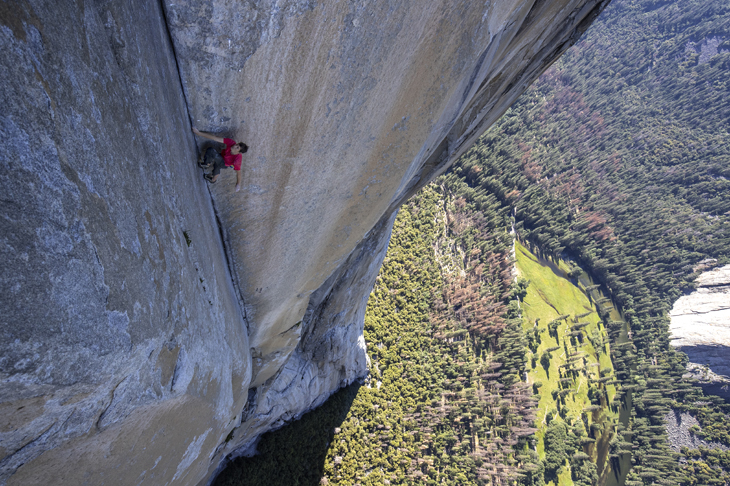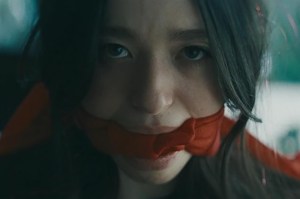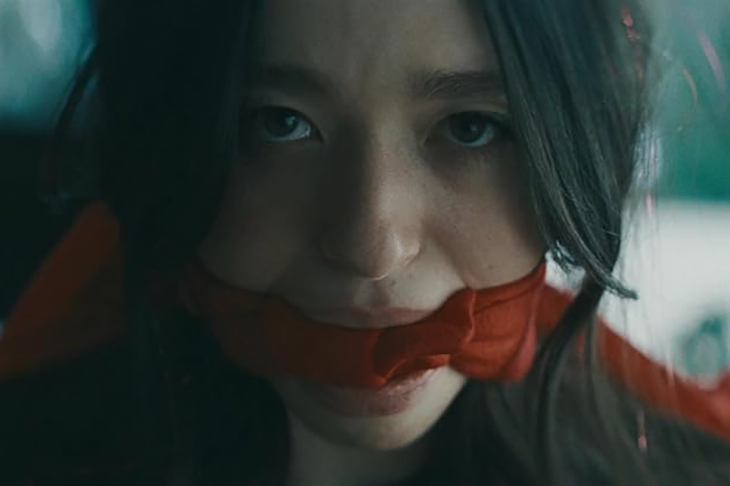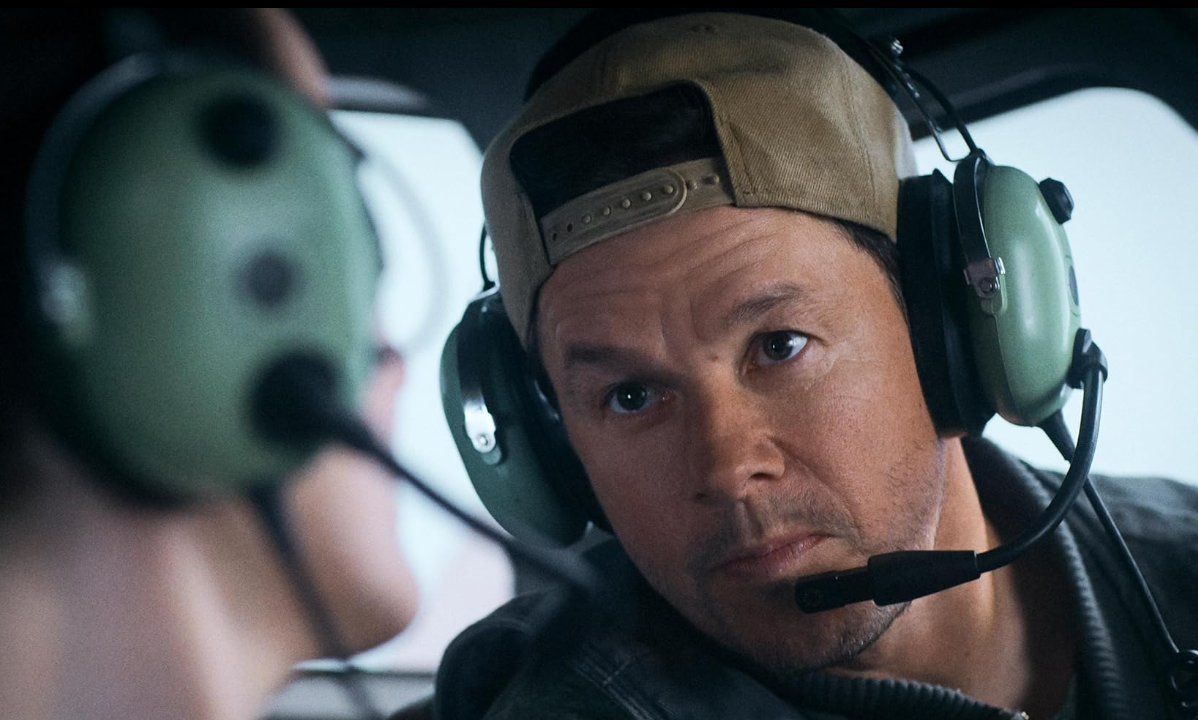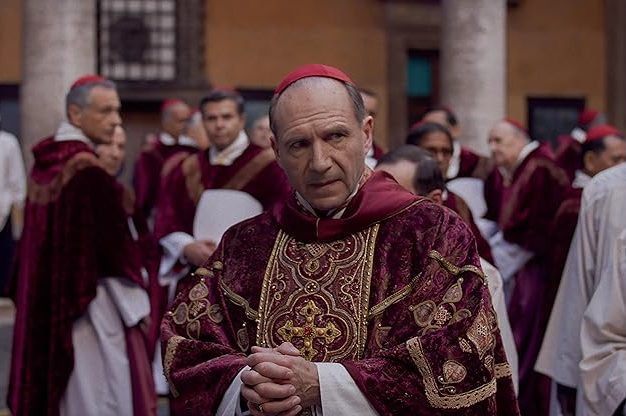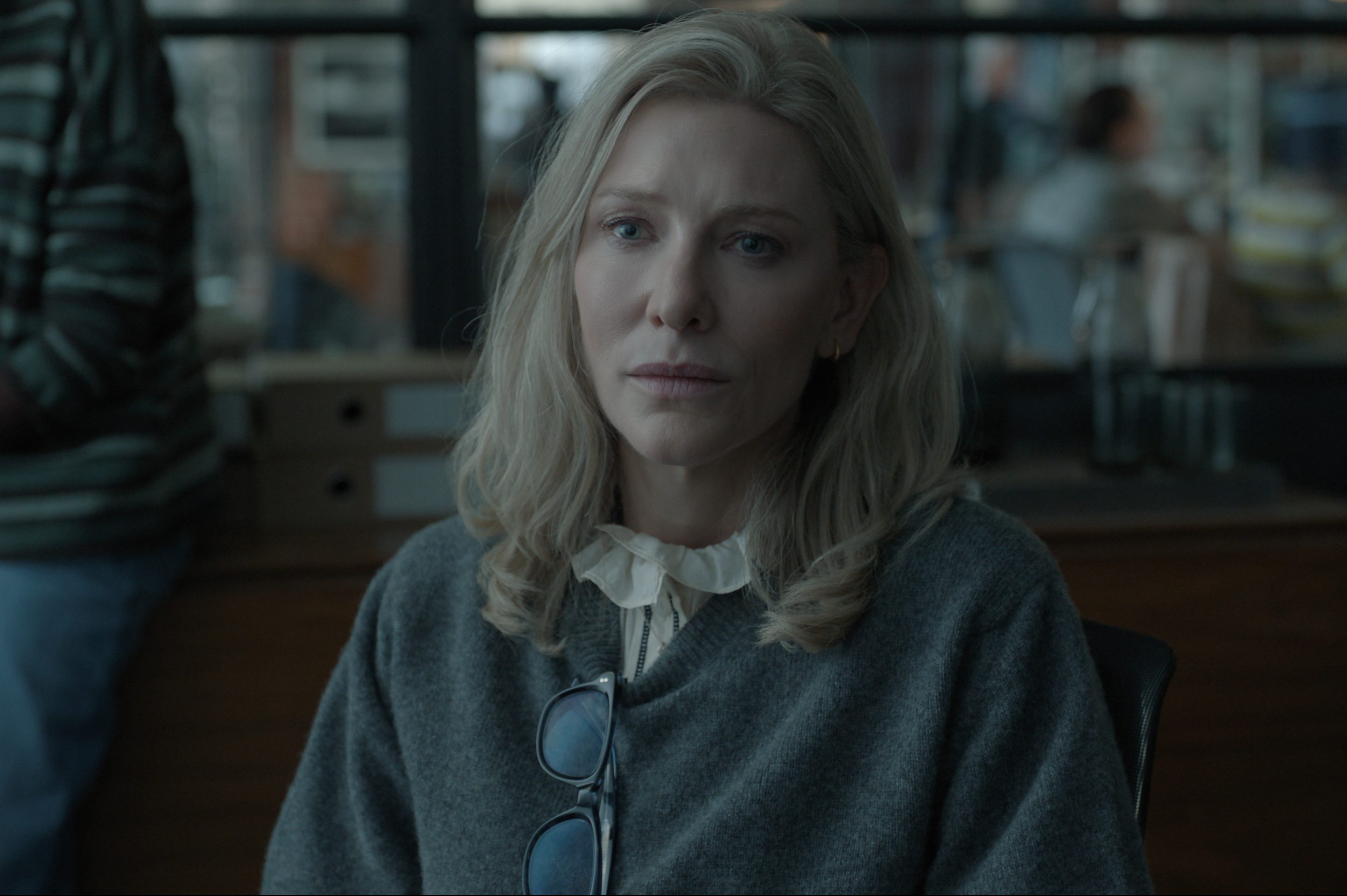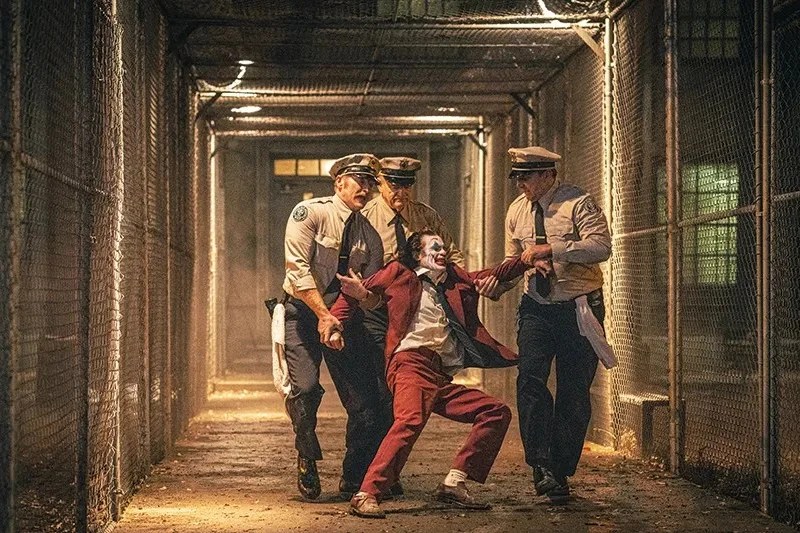My husband, usually a cool customer, watched Free Solo from behind his fingers, sometimes jumping up from the sofa and backing away from the TV. Audiences at Imax showings have behaved the same way, rising to their feet, clenching their sweaty fists as they watch Alex Honnold, a 33-year-old rock climber from Sacramento, make his way up El Capitan, 2,700 vertical feet of granite in Yosemite National Park.
Free Solo is a documentary, the story of Honnold’s record-breaking climb, and the reason for the excitement is that he does it ‘free solo’, without ropes or aid of any kind. It’s just Alex, his shorts, his shoes, a bag of chalk, and the cliff. The film’s been nominated for both a Bafta and Oscar (best documentary) but whether it wins or loses, there won’t be a performance in any category to match Alex Honnold’s. There just can’t be. He’s the greatest free soloist of all time.
So it’s weird to hear him say, on a sunny morning in Soho, that he’s not actually talented as a climber. ‘I’ve just seen you walk up a vertical rockface,’ I say. ‘What on earth do you mean?’
‘OK,’ he says, ‘let me try to explain. So there’s this guy Chris Sharma who is basically the most famous climber in the world for the last 20 years, and he was one of my childhood heroes. When Chris was 15 or 16 he put up the hardest route in America, this route called Necessary Evil. I’ve tried that route several different times over the years and I’ve never actually done it, so I basically have been climbing for 20 years and I’ve fricking tried pretty hard, you know. I’ve trained and I still haven’t climbed that route. I’m not physically gifted enough. Chris Sharma has freakishly strong fingers and he’s physically gifted — he is very, very strong.’

‘So what is your gift?’ I ask. ‘What makes you able to free solo routes that even Chris Sharma wouldn’t dream of doing without a rope?’
‘If I had to choose some sort of personal gift, I would say it is the right combination of ingredients. I think honestly my passion for climbing, my desire to climb all the time, is a huge part of what’s made me as successful.’
The passion gripped Alex when he was young. He was a clever boy from a family who by all reports (including his own) were pretty distant, and he was intensely shy. ‘People ask me how I got into free soloing. But I don’t think they quite believe me when I give an honest answer. The truth is when I started climbing outdoors I was too shy to go up to strangers at a crag and ask if they’d like to rope with me.’
A former school friend, quoted in Honnold’s book Alone on the Wall, says: ‘He always wore a hoodie with the hood pulled up… he had a sort of Holden Caulfield thing going on, maybe in that he’s always on the lookout for a phony.’
Honnold’s still in a hoodie, but he seems relaxed these days and if there’s anything left from his awkward childhood it’s just that he’s appealingly frank. He seems to be liked by other climbers, who call him Alex ‘No Big Deal’ Honnold, and he has a pretty girlfriend, Sanni, who appears in the film as the voice of caution, wondering why he can’t simply take fewer risks, even if just for her.
‘For Sanni, the point of life is happiness and to have a good time,’ says Honnold at one point to camera. ‘For me it’s all about performance. Nothing good happens in the world by being happy and cosy. Nobody achieves anything great because they’re happy and cosy.’ (My husband took a note of this, I saw out of the corner of my eye.) ‘This is your path and you will pursue it with excellence. You face your fear because your goal demands it, that is the goddamn warrior spirit. You give something 100 per cent focus because your life depends on it.’
Honnold’s clearly an unusual person. He’s endlessly analyzed by psychologists trying to figure out how he can perform so well so close to certain death. In 2017 he was even persuaded to have his brain scanned in an fMRI machine, but in the end there’s no better answer than his own. It’s his single-minded love of climbing, and the enormous amount of it he’s done, which has made him a great free soloist.
‘Let me think of how to explain…’ says Honnold. ‘So, typically, to improve at something, you push yourself to failure over and over. In general, in climbing with ropes you try your hardest, you fall off and it’s fine, but with free soloing you can never push yourself to failure. Do you see?’
I think I do. I think of the clips of the young German, Adam Ondra (perhaps the best ‘sport’ climber in the world), leaping at improbable angles with a strangled roar, missing, then falling back on his ropes. If a free soloist practiced like that they’d be dead.
‘Exactly,’ says Honnold. ‘So in order to improve as a soloist you have to do tons and tons of soloing but never to your limit, never to failure.’
And then there’s the mental prep too — the visualization not just of every hand and foothold, but of every possibility. In Alone on the Wall, Honnold writes about his free solo of a rock called Moonlight Buttress in Utah. ‘The day before, sitting in my van in the rain, I had deliberately visualized every-thing that might happen on the climb. Including breaking a hold, or just losing it and falling off. I saw myself bouncing off the ledge below and going all the way to the ground, fracturing most of my bones as I rag-dolled down the mountain. I’d probably bleed out at the base.’
‘Why deliberately imagine disaster?’, I ask. ‘Isn’t it off-putting?’
Honnold says: ‘It’s really important to be fully prepared for the full spectrum of potential experience. It is important to visualize that stuff out, and to know that in some places if you fall, you are for sure going to die, and in other places you could stick to the ledge. Nothing should surprise you on the way up. You don’t want to climb halfway up and suddenly think, whoa, it never occurred to me that I would die if I fell here.’
And if he does get into trouble, how does all the prep help him?
‘Once I pulled a big block on to myself, a big loose boulder, and it basically was falling on me and then I jumped down — I triple–jumped several ledges below me Super Mario-style, like jump, jump, jump to three different ledges, and I ended up fine and the boulder exploded. I didn’t have any plan. It all just happened.’
Time and time again people ask Alex Honnold about fear, expecting somehow that he’s in it for the buzz.
‘Weren’t you afraid?’ asked an American TV show recently. ‘Wasn’t it an amazing adrenaline rush?’ Alex replied in his usual calm way: ‘There is no adrenaline rush. If I get an adrenaline rush, something’s gone wrong. The whole thing should be slow and controlled. I mean… it’s mellow!’
In 2016, the legendary free soloist Peter Croft explained the free solo high like this: ‘Anyone who has been climbing for a long time has experienced those moments where you get into a rhythm and feel like you belong up there on the rock. So when you take away the other person [in a free solo climb] it becomes all just you, the feeling you get becomes way more all-encompassing. You become so into the kinesthetic feedback, you’re like an animal going up the wall on instinct. Kind of like that runner’s high or feeling of being in the flow.’
Towards the end of the film, as Honnold nears the top, you get a vicarious feel for that flow. He’s so clearly having a great time, entirely in the moment, as light and secure on the vertical face as a butterfly on a curtain. ‘Alex is having the best day of his life,’ says a cameraman down below, who quite understandably has been worried sick that Free Solo will end up being a snuff movie. He adds: ‘Not me. I’m done. I’m not doing this again.’
When Honnold reaches the top, he is giddy with boyish joy: ‘I’m so delighted! I’m so delighted!’ I ask him now: ‘Are you accessing some new part of being human?’ This is embarrassing in retrospect, but Honnold answers kindly.
‘Well no, tons of people are reaching similar states but just in their own ways and in different avenues. And I mean, isn’t that the goal of many human endeavors, to push yourself to a point where you are experiencing something really beautiful?’
People have agonized about the ethics of filming something so dangerous. Some of Honnold’s sponsors have abandoned him — I suspect as much because of the perception of risk as the real risk. But the real beauty of a perfect free solo climb isn’t that it’s a close call, but that it’s not.
And the fact is, he’d do it anyway, cameras or not. I ask him if he would still climb free solo, even if no one was ever going to know? ‘Oh yes, of course!’ This is a no-brainer. ‘Most of the free solos have been unknown. I think I’ve done maybe 35 free solos, somewhere in that neighborhood, that are significant and things that had never been done before, and of those I think maybe 10 or 12 have been filmed or photographed in some way. I just did them — I just had the experience, and that’s it.’
This article was originally published in The Spectator magazine.



